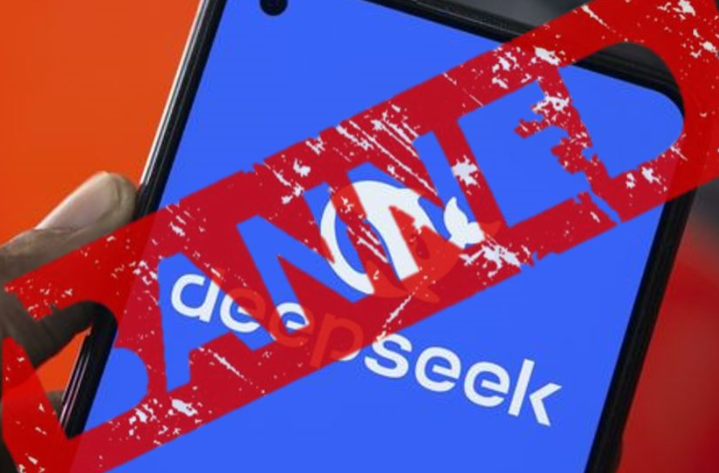As technology advances, so do the challenges in keeping it secure. In the past decade, Bug bounty programs have emerged as indispensable tools in ensuring the security of emerging technologies. Not only do Bug Bounty programs engage talented individuals, they also serve as critical avenues for uncovering vulnerabilities.
The latest trend in the area of Bug Bounties are AI cybersecurity bug bounty programs, which are rapidly gaining traction and significance in the industry.
In her insightful exploration of the ethical and responsible use of AI in cybersecurity, Victoria Robinson sheds light on the risks and biases inherent in AI technologies. Given these concerns, bug bounty programs are essential, particularly in addressing AI biases, which can have far-reaching implications if left unchecked. Thorough testing and auditing are imperative to mitigate these risks.
Taking a proactive stance, the Department of Defense (DoD) Chief Digital and Artificial Intelligence Office (CDAO) has collaborated with the popular Bug Bounty platform Bugcrowd to launch an AI bias bug bounty series. The programs aimed to scrutinize AI algorithms, detect biases, and ensure unbiased outcomes, with monetary rewards for successful participants. Dane Sherrets, one of the winners in the DoD contest, highlighted the invaluable knowledge he gained through participation, emphasizing its significance beyond monetary rewards.
Google, in partnership with DARPA and industry peers, has also entered the fray with its AI Cyber Challenge, offering participants the chance to win prizes ranging from $5,000 to $350,000. Royal Hansen, Google’s vice president of privacy, safety, and security engineering, announced this initiative, highlighting a collective commitment to fortifying AI systems against potential threats.
More information on how to participate in the AI Cyber Challenge can be found at https://aicyberchallenge.com/google/
Snap Inc. is another early adopter of AI Bug Bounty, collaborating with HackerOne to rigorously test their AI security safeguards.
These initiatives play a vital role in ensuring the integrity of AI technologies amidst their increasing integration into various domains.
What sets some of these bug bounty programs apart is their accessibility, requiring minimal coding knowledge and offering a low barrier to entry. This inclusivity fosters a diverse pool of participants, enriching the collective effort to secure AI technologies.
In a forthcoming article, we will delve deeper into the innovative tools and solutions emerging from AI technology hackathons. These endeavors underscore the dynamic landscape of cybersecurity and the pivotal role AI will play in shaping its future trajectory.





